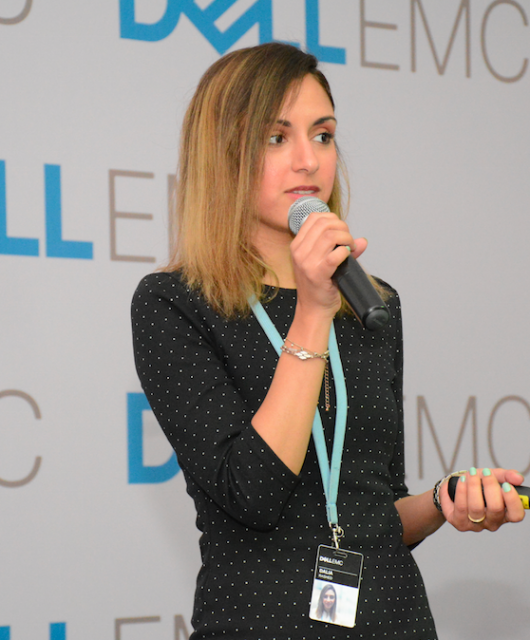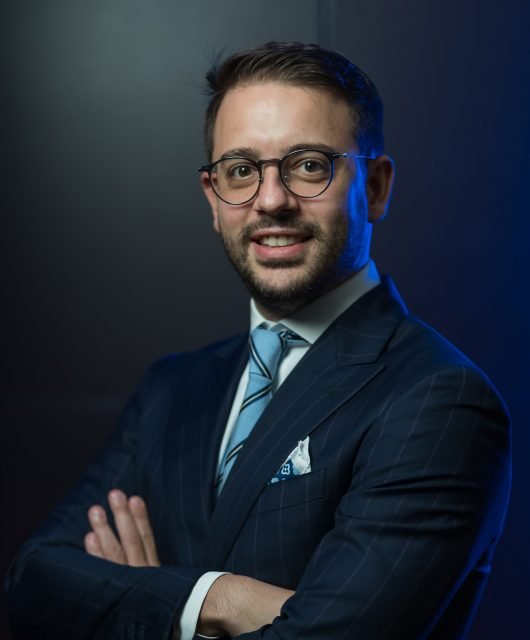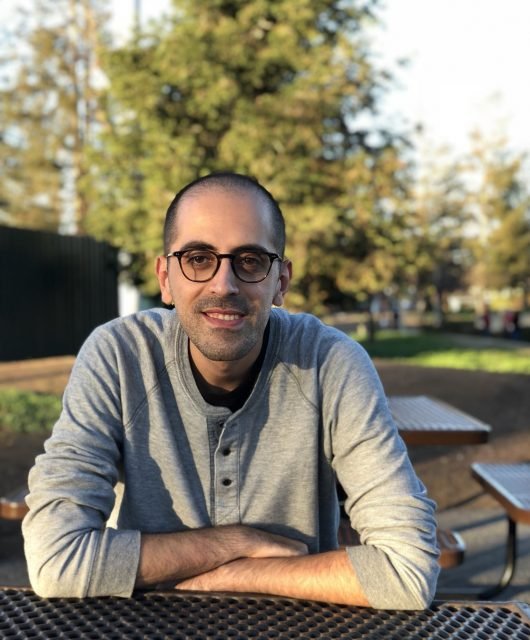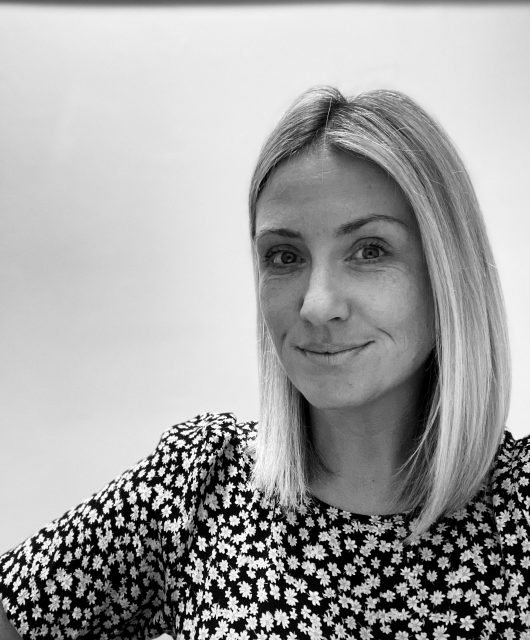What Does Regional Marketing And Brand Building In The Middle East Look Like In 2024? , By Emma Ward
In October 2023, the Middle East was at the forefront of global media, but this time it felt different. The power of social media has allowed news and current events to be shared in real time, shifting the influence from the giant media outlets, to the individuals on the ground. Since October 7th, we have seen global boycotts of brands like McDonald’s, Rare Beauty, and Starbucks which saw a 9% decrease in it’s share price due to statements made online.

Brand values are imperative, but acting on them is what really counts. Lama Ramadan mentioned in her op-ed ‘brands have a promise and values, and it is during calamities that they lead by example, and in the process gain their audience’s support or lose their loyalty, possibly forever.’ We see the uplift in sales of Huda Beauty and Lush who are openly supporting the people of Palestine; consumers want to spend, but they want to spend consciously. Here in the Middle East, values which specifically recognise consumers’ brothers and sisters in neighbouring countries are more powerful than ever seen before. A region which has been so disregarded by big Western corporations is now seeing the true value of these consumers, and the contribution their spending had on the bottom line.
But how much does the war in Palestine really impact marketing and branding in the region for the year ahead? In my opinion, it flipped the script. We’ve seen all the fleeting trends, but I believe consumers, especially Gen Z through to Millennials, are more awake here than ever, and they’re spending in ways which align with their conscience on an unprecedented scale.
In 2024, in addition to values, these are my top areas to focus on to grow:
2) Early Adopters. The Middle East is known for being very trend-focussed, with people wanting the newest, hottest product before anyone else. Leaning towards these early adopters and driving that exclusivity is a way to build and market your brand in this region. Of course the product has to match expectations, but I find the market here is much more willing to try the smaller players out first, in the hope to say ‘I bought X before it was big’
The Middle East is an incredible market, and one that, until recently, has been slept on. If you get the balance of the above right, you’ll have an unstoppable brand, with some of the most loyal and committed consumers on the planet.





